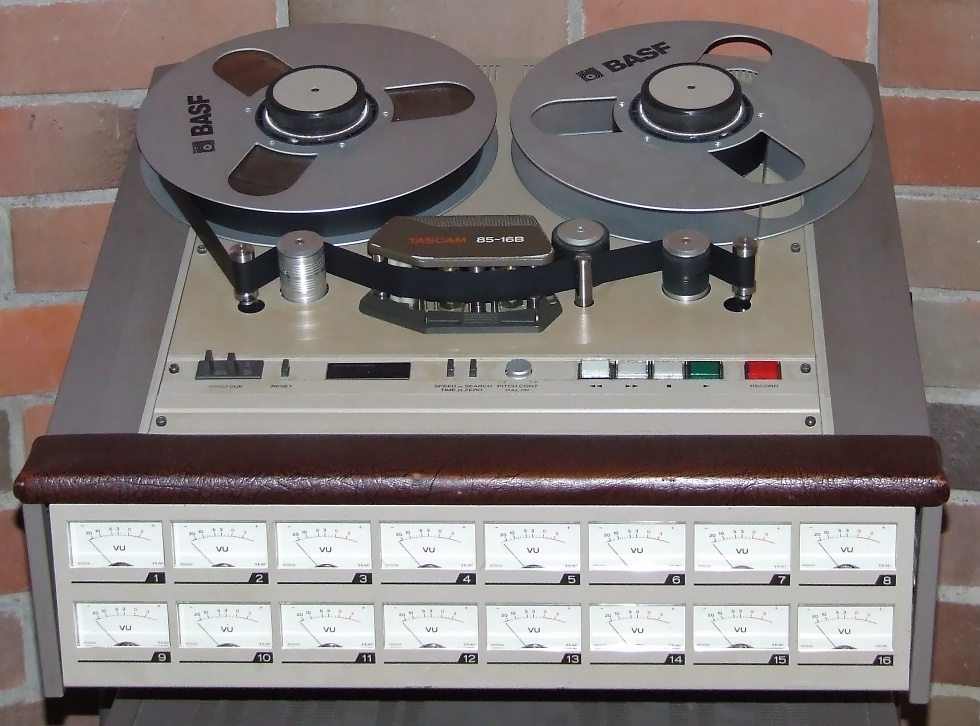Flangers are guitar modulation effects that mimic a process used by sound engineers when recording.
Flange effects became popular in the psychedelic sound of the 1960's. Flangers use two identical sound signals, one slightly delayed by a short time that slightly and continually changes shifting the sound waves. The delay time of the slowed signal is usually less than or around 20 milliseconds.
 The birth of the flanger effect started between the 1950s and 1960s in recording studios using analog reel-to-reel tape machines. A track would be recorded onto two different tape machines at the same time. The recorded result of both machines would be rerecorded, or bounced, to a third tape machine. Slight differences in the tape playback time, and from an engineer purposely slowing the tape down by holding the flange of the tape reel, would create the effect that would eventually be named flange.
The birth of the flanger effect started between the 1950s and 1960s in recording studios using analog reel-to-reel tape machines. A track would be recorded onto two different tape machines at the same time. The recorded result of both machines would be rerecorded, or bounced, to a third tape machine. Slight differences in the tape playback time, and from an engineer purposely slowing the tape down by holding the flange of the tape reel, would create the effect that would eventually be named flange.
As electronic technology progressed, this effect was reproduced with solid state electronics and became available in the form of guitar effects pedals. These pedals started allowing different ways for the flange effect to change the sound with different phasing effects and timing options.